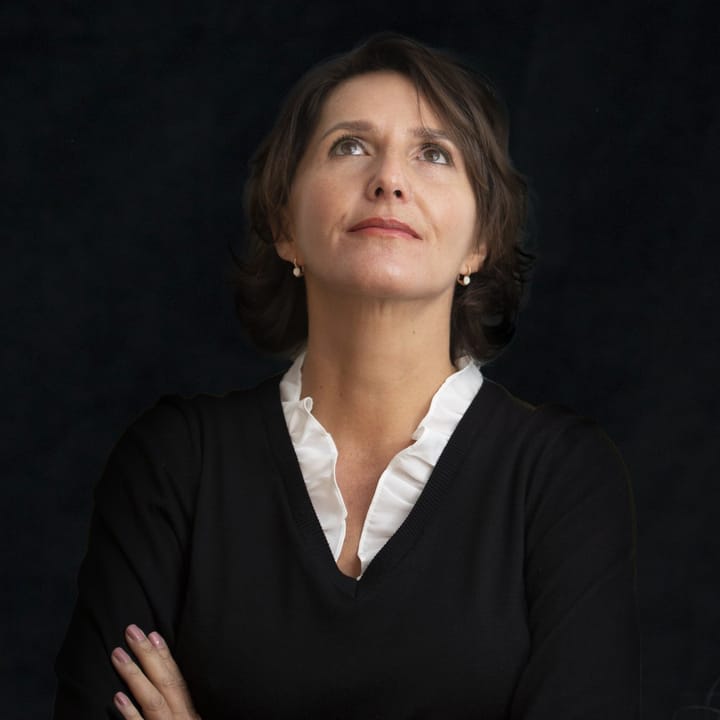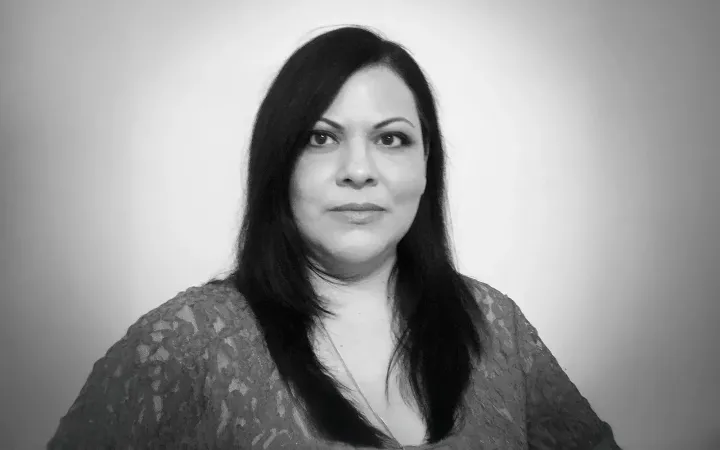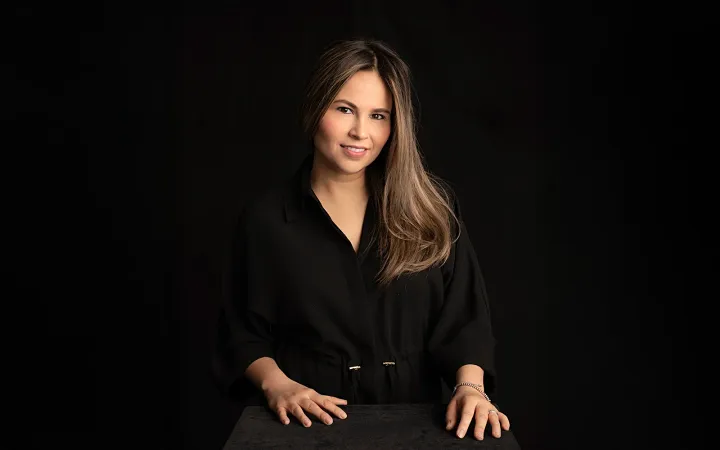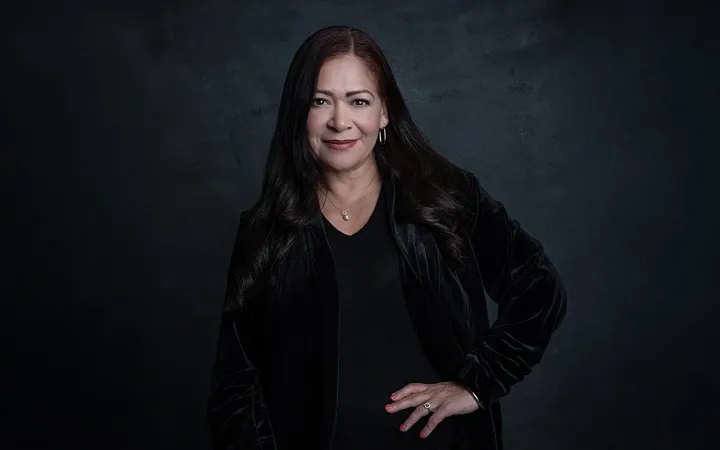Por Edmée Pardo
Mi abuelo tenía una caligrafía preciosa. Garigoleada y clara, tipo Niconne para quienes saben de tipografías. Ignoro cómo desarrolló esa habilidad que requiere una paciencia de artista, que sí tenía y disciplina para trazar miles de veces la misma letra. No conocí su letra de joven. Cuando yo nací mi abuelo tenía 56 y desde ese día hasta que murió a los 98 lo vi viejo y apuesto. Vestía traje, adornaba su corbata con fistol, acompañaba los suéteres con gazne.
Para las cenas de navidad, con su letra de presumir, escribía el menú en una cartulina blanca que centraba sobre el adorno de la mesa. Para los cumpleaños de la abuela, dibujaba una postal con tintas o ceras, y en la parte de atrás redactaba una idea rimada. Las tarjetas del abuelo eran tan especiales y cuando murió la abuela, yo me quedé con algunas para admirar lo que salía de sus manos y para corroborar que a su manera la quiso mucho. Digo a su manera porque mi abuelo fue un hombre de su tiempo, y las formas del amor de los señores de esos años incluían algo de dominio. Cuando me casé, le pedí a mi abuelo que rotulara los sobres de las invitaciones. Ensayó la tinta y la pluma, y muy responsable de su labor hizo un trabajo que admiré. Qué letra más bonita, como las de antes, como las que ya nadie hace.




